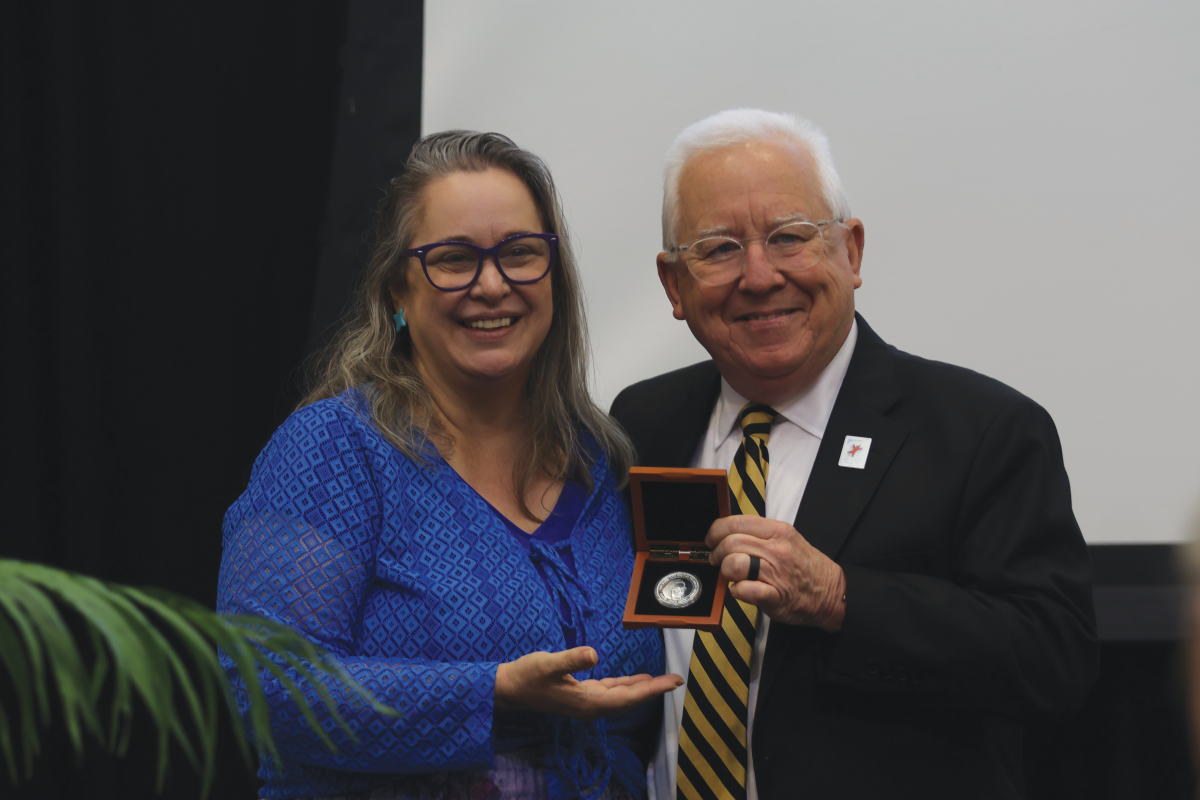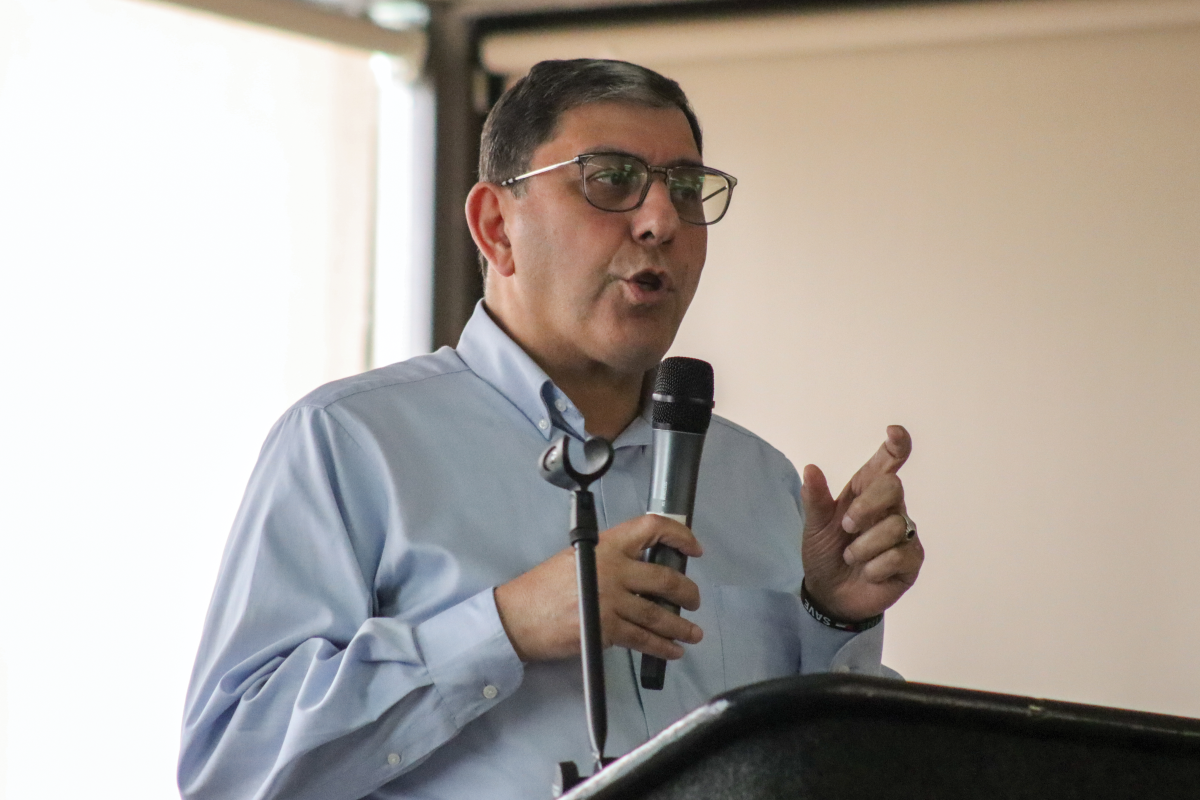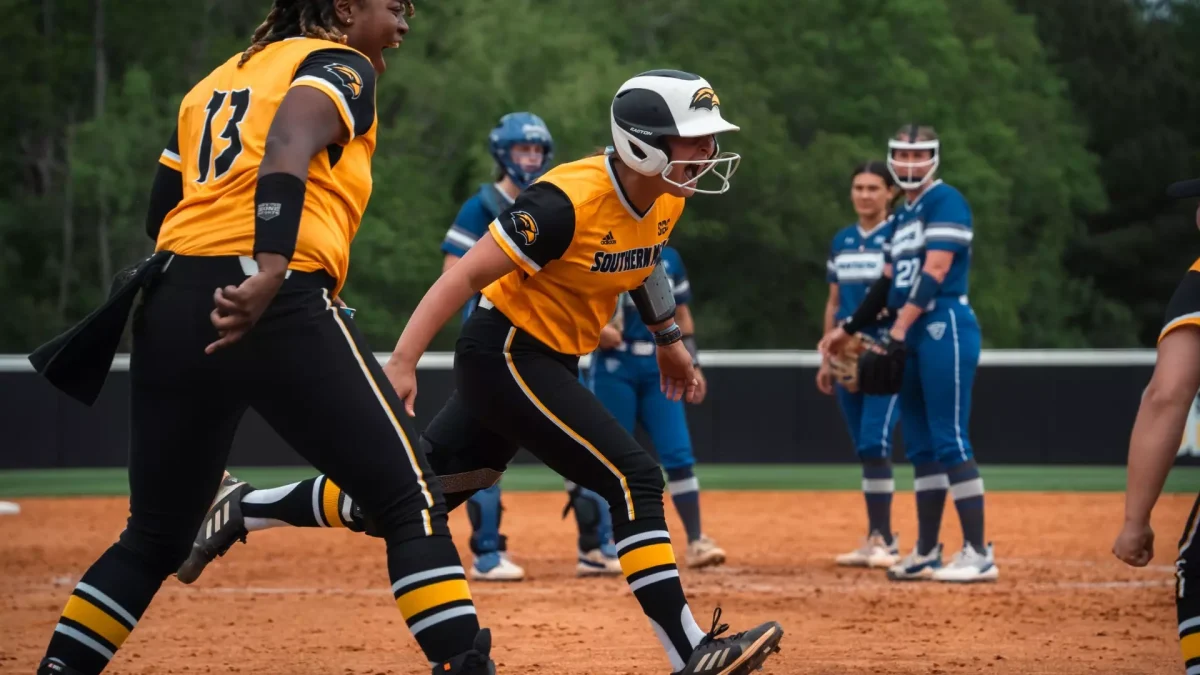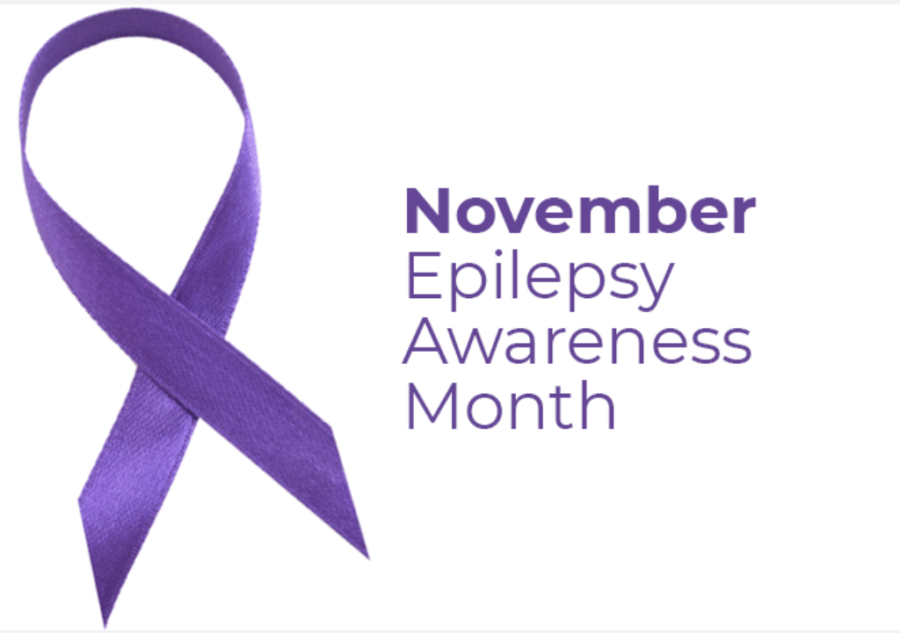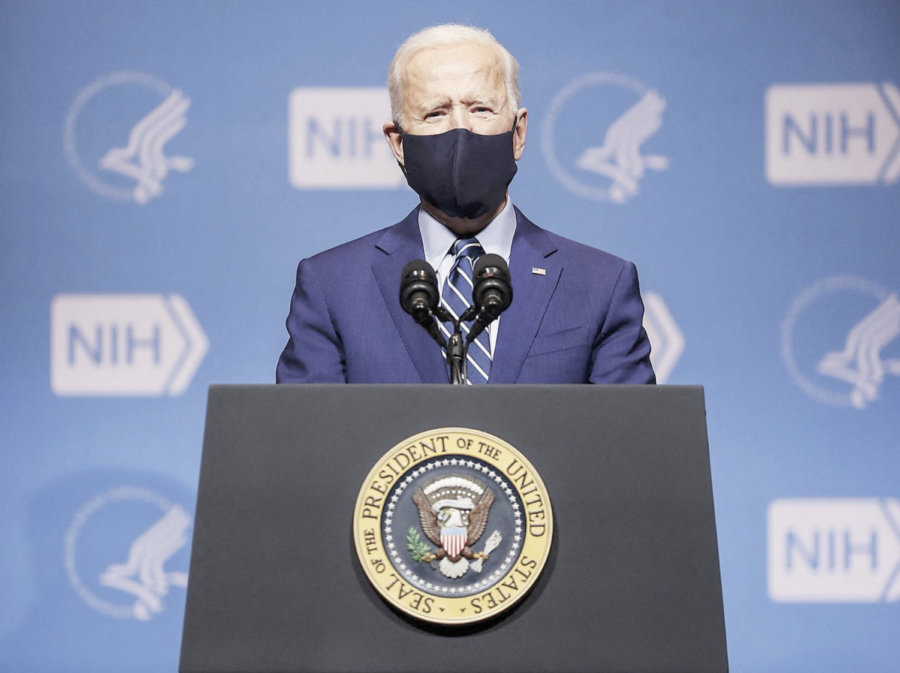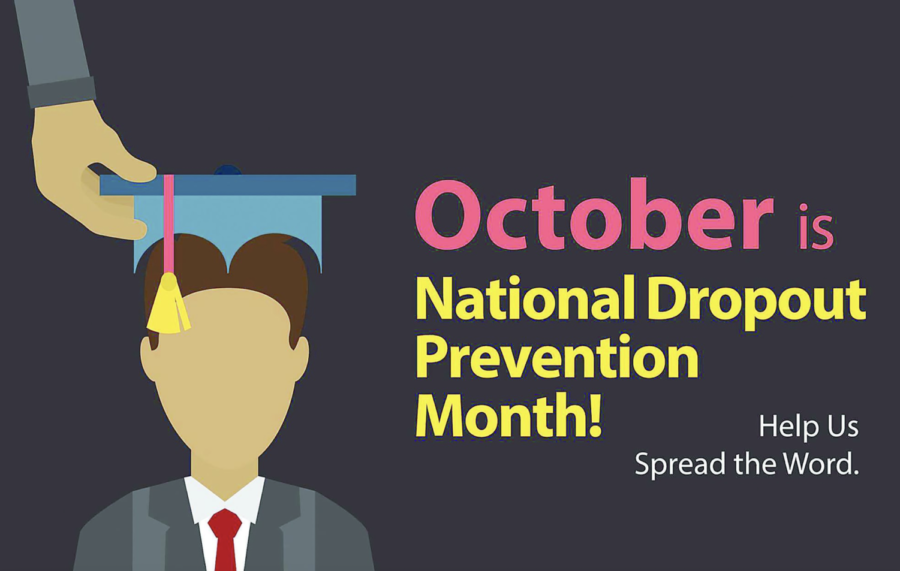When biology professor Rachelle Spell at Emory University assigned an extra credit project, two students dedicated themselves to advancing the challenge from idea to reality, according to USA Today.
Quoting Bukowski, Emory freshman Rostam Zafari told the public on IndieGoGo of a tragic event that preceded his first semester of college.
“You can’t beat death, but you can beat death in life,” Zafari said. “My best friend Abe died in a plane wreck the day before classes started. I said those words at (his) funeral.”
Angry and frustrated after the death of his best friend, Zafari did not know what to do with himself on his first day of class. That’s when Spell issued the challenge: devise a way to detect Ebola faster.
Zafari suddenly knew where to pour his energy, and combined it with the passion and drive of pre-med major Brian Goldstone to create REDS, or Rapid Ebola Detection Strips.
REDS will detect whether or not an individual has Ebola through a quick stick test, much like testing blood sugar. A color change occurs on the test strip when the virus is present.
The system is described as a “user-friendly kit designed to test for Ebola in a portable and inexpensive method compared to current procedures.” The current procedures in place include Polymerase Chain Reaction (PCR), with start-up costs as far up as $100,000 and can take up to five days.
Today, World Health Organization reports over 9,000 cases with over 4,500 of those resulting in death — primarily concentrated in the West African countries of Liberia, Guinea and Sierra Leone.
Goldstone and Zafari said because of their socioeconomic climate, countries have a difficult time receiving the detection that they need quickly in order to isolate the virus and prevent it from spreading.
Those infected can carry the virus up to 21 days without symptoms, according to the Center for Disease Control and Prevention. Once an individual becomes symptomatic, they are contagious by which point they more than likely will be in contact with many other people.
The REDS fast detection system gauges a quick, simple and inexpensive way of detection that could occur in village settings without entering hospitals and possibly contracting the disease.
Recently, Goldstone and Zafari received the $14,500 needed to design a prototype for REDS, and the project is underway. Soon, the product could become available internationally to help detect and prevent Ebola.
Theresa Nguyen, a junior biology major at The University of Southern Mississippi, said it is a grand idea if the specificity and accuracy of the test is true, but she remains skeptical.
“The idea of a strip detecting Ebola is great, but how? The reason it takes so long to confirm Ebola is because it takes time to obtain and grow a pure culture of the virus,” Nguyen said. “From there, they test and stain it to make sure it is Ebola and not other diseases such as malaria or typhoid.”
Southern miss alumnus Michael Samel, who now works in the medical field himself, feels it is admirable for professors to engage their undergraduate students in important research questions, but said blood may be too dangerous and suggests a more sensitive test strip that could detect Ebola in other bodily fluids.
“The type of colorimetric strips or tabs they are looking to produce would have the added benefit of giving results without the possible hindrance of a language barrier,” Samel said. “Still, a blood-based testing system holds the threat of Ebola exposure by lab staff or sample couriers, as blood contains the highest concentration of the pathogen.”
Skeptical or not, many students have agreed that the virus is indeed a cause for alarm. Katherine Brewer, a junior kinesiotherapy major, said REDS speed offers an optimism for detecting the deadly virus in a way that is appealing for our fast-paced generation.
“If REDS really work, it will be a huge step for Ebola protection and even a jumpstart for detecting other viruses,” Brewer said. “It’s a serious issue that shouldn’t be overlooked as many people my age have done. They think media overstresses it; they even make jokes about it.”
Zafari and Goldstone realize the dangers of workly closely with such a virus and ensure the prototype will be perfected before being sent to medical companies for mass production.
“Our goal is to get it out as soon as possible, yet still have a safe and effective product. We won’t sacrifice effectiveness for speed,” Goldstone told USA Today.
REDS could be licensed for distribution as early as January of next year.



